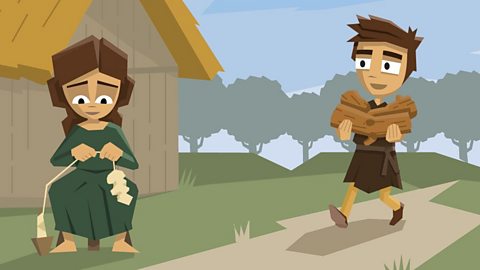What was Anglo-Saxon culture like?
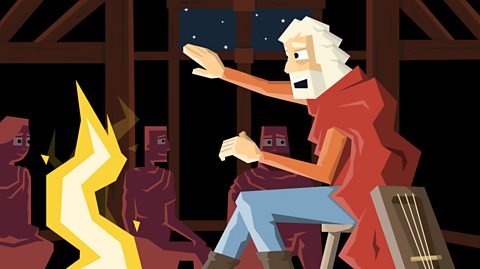
The Anglo-Saxons were great craft workers. They made intricate jewellery, musical instruments and homemade toys and games.
They were also keen storytellers. They would gather together in feasting halls and tell thrilling stories.
Often their stories would be accompanied by music played on a string instrument called a lyre.
The Saxons liked to play with words too. They amused themselves by telling clever riddles.

What did their art and treasure look like?
Anglo-Saxon jewellers made brooches, beads and gold ornaments. ‚ÄØAt first, their artwork was pagan, but after the conversion to Christianity in the AD600s astonishing artwork was made for churches.
Take a look below‚ÄØat these Anglo-Saxon treasures.
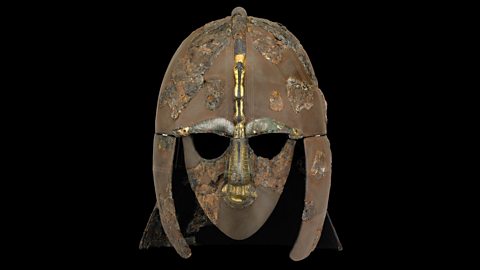
Image caption, Pieces of this helmet were found at Sutton Hoo. They have been placed together and reconstructed in this photo. There are boars' heads on the end of each eyebrow and a dragon head above the nose. Together they make the shape of a bird with outspread wings.
Image caption, This purse lid was found at the Sutton Hoo burial site. It's made of gold set with glass and gemstones.
Image caption, This belt buckle is made of gold and silver. It is decorated with a fish, a Christian symbol.
Image caption, This brooch was found in a grave. Brooches were pinned to clothes to make them look nice and to hold them up, like a safety pin.
1 of 4
What kind of stories did they tell?
Written work was in Latin, the language of the Church, or in Old English. Very few Anglo-Saxons could read or write.
All their stories were told to them by their friends and family. Anglo-Saxons loved tales about brave warriors and their adventures.
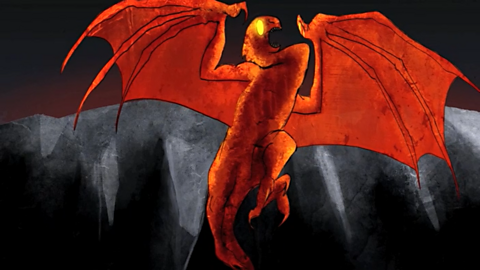
On dark winter days, people gathered in the great hall around a log fire. They‚ÄØlistened‚ÄØto stories and poems,‚ÄØfeasted‚ÄØand‚ÄØsang songs. They ate roast meats with bread and fruit, and they drank ale or a strong drink made from honey called‚ÄØmead.
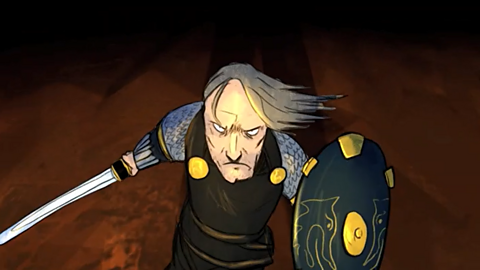
A favourite story told how‚ÄØBeowulf, a heroic prince, battled the fierce man-eating monster‚ÄØGrendel. The story of Beowulf was first written down around the 8th or 9th century, but long before that the story was told around the fire.

Watch: The story of Beowulf
Narrator: Britain, 600 AD. The Roman army left 200 years ago and the empire has ended.
New people have come to settle here, these are the Anglo-Saxons.
They told some of the very first English stories.
Storyteller: There once was a king called Hrothgar, who ruled a land far away over the sea.
Hrothgar built a great gall, much bigger than this one, where his warriors could drink and listen to stories.
But an ogre, Grendel, lived in a deep dark swamp nearby.
[PEOPLE SCREAMING]
Grendel returned whenever he felt like it, day or night. A young warrior named Beowulf hears of Hrothgar’s troubles and sails to Hrothgar’s kingdom to help.
Beowulf: More I hear that the monster dire in his wanton mood / reeks not weapons hence shall I scorn.
Grendel doesn’t frighten me. I will fight him with my bare hands.
[DRAMATIC MUSIC]
Narrator: People loved to listen to tales of warriors, because it’s an important part of Anglo-Saxon life.
Osric: What happened in the end?
Storyteller: See, I said that story of Beowulf would make Osric feel better.
Well, years later when Beowulf himself was king, a huge dragon was guarding treasure. A thief trying to steal a jewelled cup disturbed the dragon, who immediately flew into a furious rage.
Once riled, the dragon was unstoppable.
Narrator: Beowulf and the dragon fight to the death. Both are slain.
What games and sports were there?

Children played with **homemade toys.**They had‚ÄØrag dolls‚ÄØand carved‚ÄØwooden toys, as well as games that used counters and dice.
From finds in graves, we know children also had‚ÄØspinning tops‚ÄØand played tunes on‚ÄØpipes‚ÄØmade from reeds or animal bones.
Anglo-Saxon men enjoyed sporting pastimes, like‚ÄØwrestling,‚ÄØweight-lifting‚ÄØ(using heavy rocks) and‚ÄØhorse-racing. These sports kept them fit for work and strong for war.

Was Anglo-Saxon Britain in the 'dark ages'?
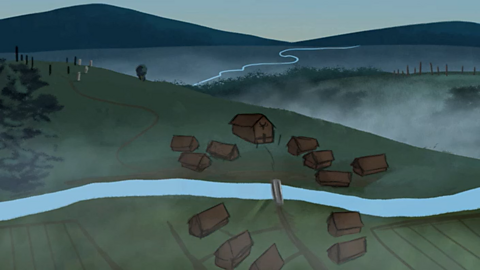
Some people thought that after Rome, Britain went into a simple and gloomy ‘dark age’. It is true that town life was abandoned. However, the skill of Anglo-Saxon art, metal-work and manuscripts does not suggest a ‘dark age’ at all.
Archaeology is revealing new treasures, most famously with Sutton Hoo in 1939. The Staffordshire Hoard is the largest hoard of gold and silver jewellery, discovered in 2009 and dating to 650-675 AD.
Objects from Sutton Hoo and the Staffordshire Hoard came from as far afield as Sri Lanka, Afghanistan, Greece, Turkey and Syria, suggesting a big trade network.
Activities
Activity 1: Anglo-Saxon riddle
The Anglo-Saxons liked to tell each other riddles. Can you work out the answer to this one?
I appear on the ground like a blanket and melt in the midday sun. What am I?
Did you get it right? The answer is snow!
Why not have a go at making your own riddle? You can test it out with a friend or grown-up and see if they guess correct.
Activity 2: Quiz – Anglo-Saxon art and culture
Bitesize Primary games. gameBitesize Primary games
Play fun and educational primary games in science, maths, English, history, geography, art, computing and modern languages.

More on Anglo-Saxons
Find out more by working through a topic
- count6 of 8
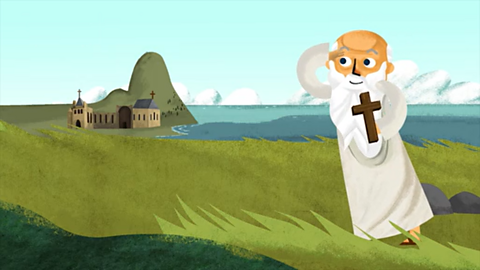
- count8 of 8
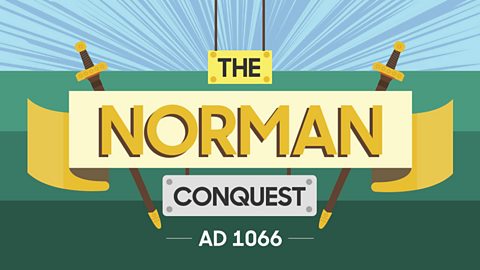
- count1 of 8
